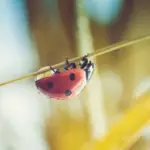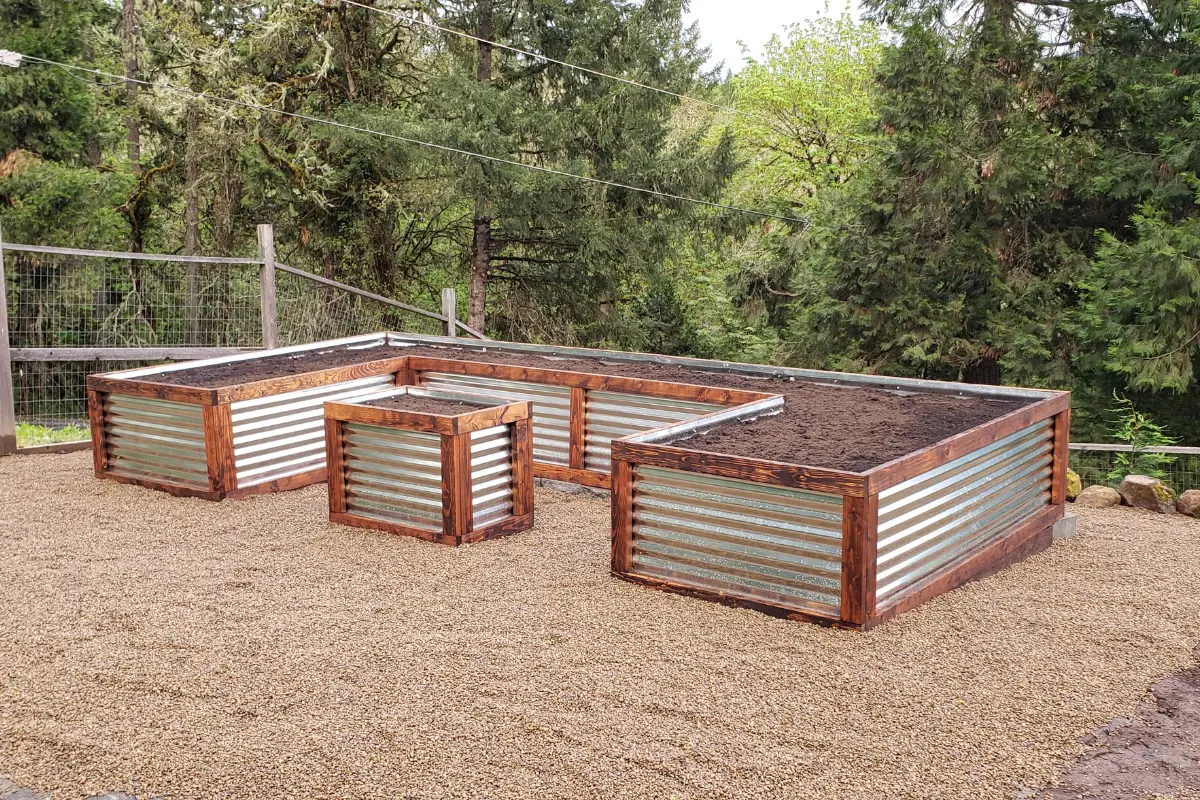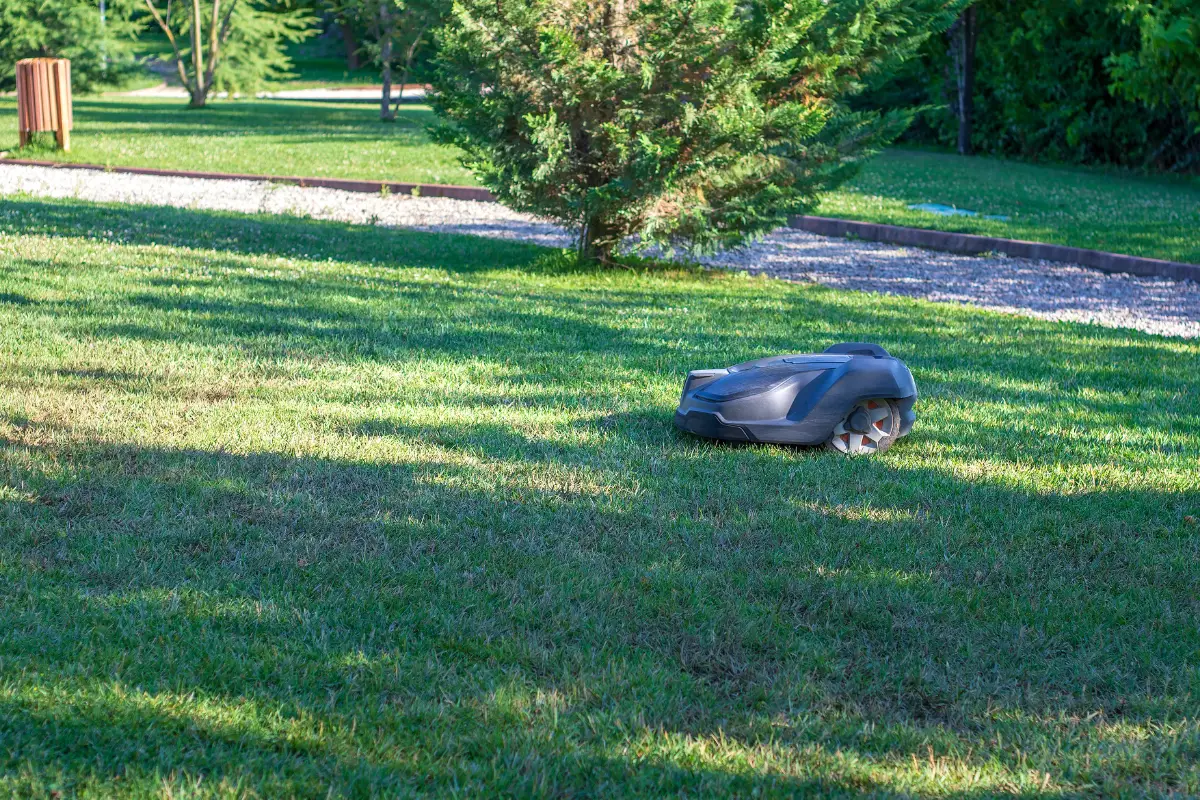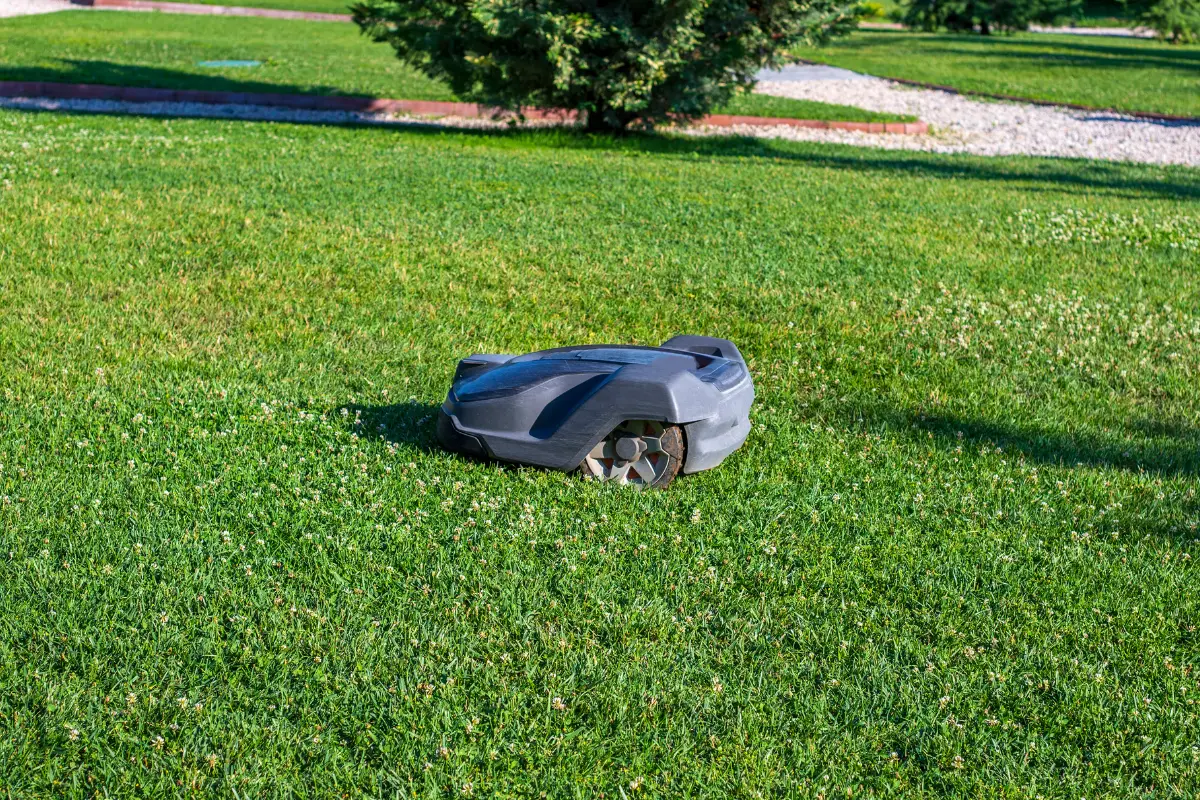Ladybirds, also known as ladybugs, are some of the most beloved insects in the world. Not only do they add color to gardens, but they also help control pests by eating aphids and other harmful insects.
If you want to attract these beneficial insects to your garden, consider building a DIY ladybird house.
In this article, we’ll show you how to build a ladybird house step by step, including the materials you’ll need and the best location to place it.
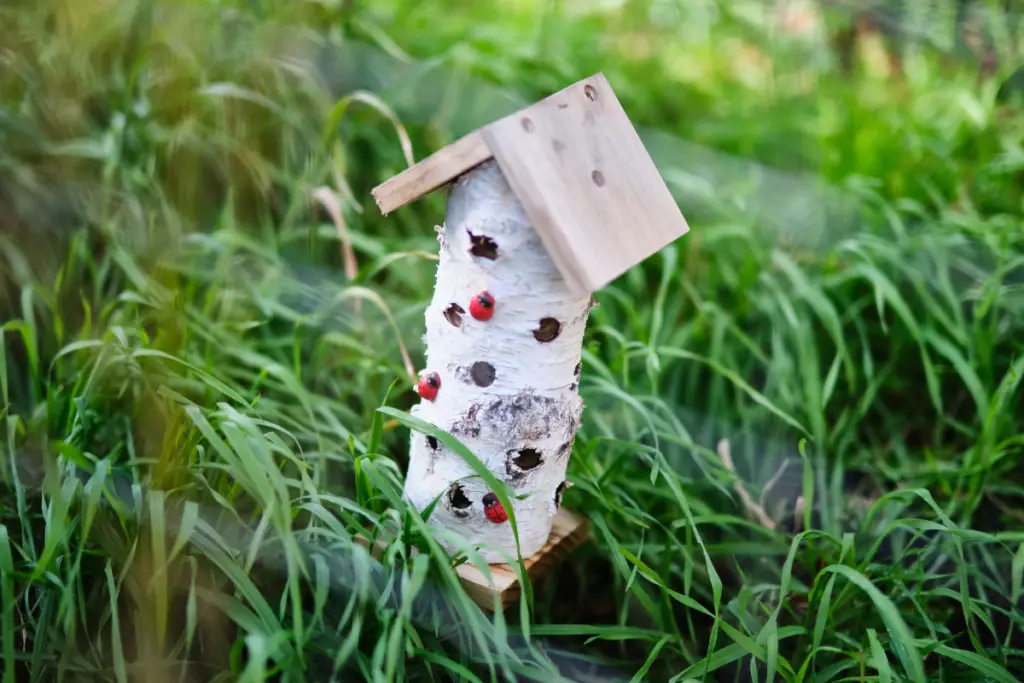
Table of Contents
What Materials Do You Need?
Before you start building, make sure you have all the necessary materials:
- A wooden box or an empty plastic container (size should be at least 20cm x 10cm x 10cm)
- Twigs or sticks (about 10cm in length)
- Dried leaves
- Corrugated cardboard
- Drill or hammer and nails
- Fine mesh or insect netting
- Paint or varnish (optional)
Step-by-Step Guide to Building a Ladybird House
Follow these simple steps to build your own ladybird house:
Step 1: Prepare the Box
Take the wooden box or plastic container and make a few small holes in the base to allow for drainage. This is important to prevent the box from becoming too damp, which can harm the ladybirds.
Step 2: Add Sticks and Leaves
Place a handful of twigs and dried leaves at the bottom of the box. The ladybirds will use these materials to hide and rest.
Step 3: Cut Cardboard
Cut a few pieces of corrugated cardboard into small rectangles, around 7cm x 10cm in size.
Step 4: Make Holes in Cardboard
Make several small holes in the cardboard pieces using a drill or hammer and nails. The holes should be large enough for the ladybirds to crawl through but not too big to allow predators to enter.
Step 5: Arrange the Cardboard
Place the cardboard pieces in the box, leaning them against the sides. Make sure the holes in the cardboard face towards the center of the box.
Step 6: Cover the Box
Cover the box with fine mesh or insect netting to keep predators away. You can also paint or varnish the box to protect it from the elements.
Step 7: Choose a Location
Choose a location for the ladybird house that is sheltered from wind and rain, and where it will receive plenty of sunlight. The best place to put it is in a garden, near flowers and plants.
Benefits of Building a Ladybird House
Building a ladybird house has many benefits, including:
- Attracting ladybirds to your garden to control pests naturally
- Encouraging biodiversity in your garden
- Providing a safe and warm place for ladybirds to hide and rest during the winter months
- Educational and fun DIY project for children and adults alike
How do I know if ladybirds are using the house?
You may notice ladybirds crawling in and out of the holes in the cardboard or see them resting on the twigs and leaves inside the box.
Do I need to clean the ladybird house?
It’s best to leave the ladybird house undisturbed, as they will clean it themselves. However, if you notice any mold or other problems, you can clean it with a damp cloth.
What is the best time of year to build a ladybird house?
The best time to build a ladybird house is in the spring or summer, as this is when the ladybirds are most active.
Can I buy a pre-made ladybird house?
Yes, pre-made ladybird houses are available in garden centers and online. However, building your own DIY ladybird house is a fun and rewarding project that allows you to customize the design and size to fit your needs.
Prices pulled from the Amazon Product Advertising API on:
Product prices and availability are accurate as of the date/time indicated and are subject to change. Any price and availability information displayed on [relevant Amazon Site(s), as applicable] at the time of purchase will apply to the purchase of this product.
What other insects can benefit from a ladybird house?
Other beneficial insects such as lacewings, hoverflies, and parasitic wasps may also use the ladybird house as a safe haven.
Conclusion
Building a DIY ladybird house is a simple and enjoyable project that can provide a safe and warm home for these adorable insects.
By following the steps outlined in this article, you can create a custom ladybird house that fits perfectly in your garden and helps control pests naturally.
Plus, it’s a great way to teach children about the importance of biodiversity and conservation. So why not give it a try and see the ladybirds flock to your garden?
- How to Build a Planter Box for Bamboo: A Step-by-Step Guide

- Can Robotic Lawnmowers Handle Steep Slopes?

- Do You Need a Specific Lawn for a Robotic Lawnmower? Expert Advice

- Are Robotic Lawnmowers Safe for Pets and Children? Safety Features of Robotic Lawnmowers

- Why Use Robotic Lawnmowers? Advantages of Using a Robotic Lawnmower

- Is the GARDENA SILENO City 300 Cordless or Corded? A Clear Answer











